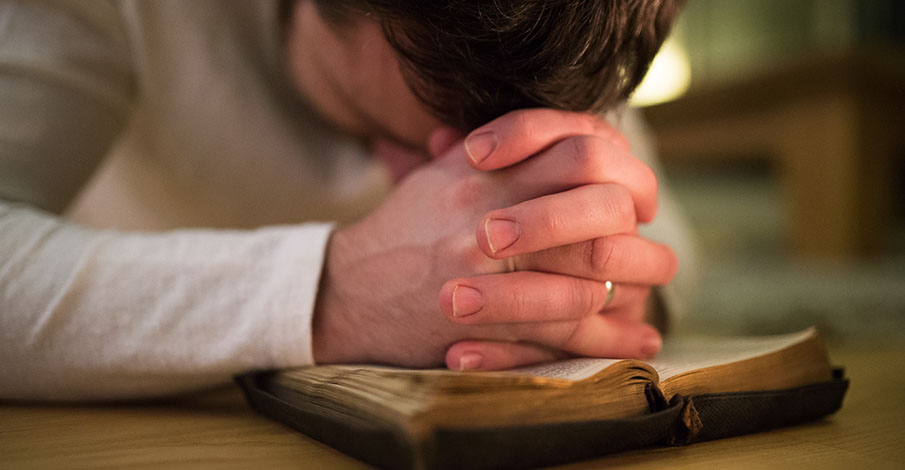The process of determining child custody, a critical component of family law, revolves around establishing where the child will live after the parents have separated or divorced. This procedure is fundamental in safeguarding the child’s welfare and stability. It usually begins when either or both parents, often with the help of a divorce attorney, submit a custody application to a family court. This marks the formal start of the custody case, highlighting an important phase in planning for the child’s life after the divorce.
Understanding the Different Custody
Arrangements It is crucial in child custody disputes to grasp the distinctions between various custody arrangements, as these determine the parents’ roles and duties in the child’s life.
Physical Custody
This type indicates the child’s primary living situation. When a parent is awarded physical custody, the child primarily resides with them, setting the stage for the child’s everyday care and living environment.
Legal Custody
Legal custody pertains to the authority to make major decisions affecting the child’s life. This encompasses decisions regarding the child’s education, religious upbringing, healthcare, and other significant aspects of welfare. A parent with legal custody holds the power to make these crucial choices.
Joint Custody
Joint custody is a setup where both parents share the responsibilities and decision-making regarding the child. This can include joint physical custody, joint legal custody, or both, allowing the child to spend considerable time with each parent and both parents to partake in making significant life decisions for the child.
Sole Custody Sole custody grants one parent the exclusive right to physical and/or legal custody, making them the primary caregiver and decision-maker for the child. The other parent might have rights to visitation but does not share these responsibilities to the same degree.
Split Custody
This arrangement, often applied in cases with multiple children, assigns full custody of some children to one parent and the rest to the other. It is relatively rare, as courts usually aim to keep siblings together.
Bird’s Nest Custody
This unconventional method prioritizes the child’s stability by keeping them in a single home while the parents alternate staying with them according to their custody agreement. It aims to reduce disruptions in the child’s routine.
Starting the Custody Case
To initiate a custody claim, a parent must submit a petition at their local family court, detailing their custody request and its justification. Following the submission, the court informs the other parent, offering them an opportunity to contest, ensuring both parties have a fair chance to argue their case. This often requires the assistance of family lawyers Fairfax VA.
Focusing on the Child’s Best Interests
The court prioritizes the child’s best interests, considering factors like the child’s age, health, emotional connections with each parent, and the parents’ caregiving capabilities. It also evaluates the child’s educational and social circumstances to limit upheaval, aiming to foster a supportive and stable environment for the child.
Engagement of Legal and Child Welfare Experts
The court often calls upon legal and child welfare professionals, including attorneys, social workers, and psychologists, to assess the family situation and advise the court, aiding in a decision that serves the child’s best interests.
Mediation and Negotiation
Parents typically engage in mediation or negotiation before a trial, aiming to reach a custody agreement through discussion, often with the help of a neutral mediator. This approach is less adversarial than court proceedings and can lead to a mutually agreeable solution.
Proceeding to Court
If an agreement is not reached, the dispute is taken to trial, where both parents present their cases, evidence, and witnesses. The judge then makes a binding custody decision after hearing both sides, a process that can be emotionally challenging for all involved, particularly the child.
Issuance of Custody Orders
The judge’s ruling results in a custody order, which is reviewed and clarified by family lawyers, outlining the custody arrangement, living arrangements for the child, and visitation rights for the non-custodial parent. This order, which addresses both physical and legal custody aspects, must be adhered to by both parents.
Adapting to the New Custody Arrangement
Post-decision, families must adjust to the new custody setup, a period that can be difficult as everyone acclimates to the changes. It’s important for parents to support their child emotionally and maintain a positive relationship with both parents.
Modifying Custody Orders
Custody orders can be altered if circumstances change, such as a parent moving or shifts in the child’s needs. A parent seeking modification must petition the court, which will then reevaluate the case.
The Importance of Legal Representation
Having legal representation is advantageous in the custody process. Family law attorneys offer crucial advice and representation, helping to navigate the legal complexities and advocate effectively for a parent’s interests in court.
Considering the Child’s Preferences
The child’s wishes are often considered, particularly for older and more mature children, though this is not the sole factor. This consideration is handled delicately to avoid placing the child in the middle of parental disputes.
The Influence of Parental Conduct
A parent’s behavior during and after the separation or divorce can significantly impact custody outcomes. Courts assess each parent’s support for the child’s relationship with the other parent, with negative actions potentially harming custody decisions.
Managing Emotional Strain
The custody process can be emotionally taxing for both parents and children. Professional support from therapists or counselors can be helpful, emphasizing the importance of parents’ emotional health to support their child effectively through this transition.
The Role of Guardians ad Litem and Child Advocates
In many child custody cases, the court may appoint a guardian ad litem or a child advocate. These individuals are tasked with representing the best interests of the child, separate from the interests of either parent. They conduct thorough investigations, including home visits and interviews with the child, parents, and other relevant individuals.
Their goal is to provide the court with an informed recommendation on the custody arrangement that best serves the child’s needs and welfare. Guardians ad litem and child advocates play a crucial role in ensuring that the child’s voice and best interests are central to the custody decision-making process after divorce.
Impact of Domestic Violence on Custody Decisions
Courts take allegations of domestic violence very seriously in child custody cases. Evidence of domestic violence can significantly influence the court’s decision, often leading to restrictions on the abusive parent’s custody or visitation rights to protect the child’s safety and well-being. In severe cases, a parent found to have committed domestic violence may be denied custody or granted only supervised visitation. The paramount concern is the child’s physical and emotional security, guiding the court’s decisions in these sensitive situations.
Conclusion
The child custody journey involves various steps, considerations, and emotional challenges. Understanding the legal framework, custody types, and the impact of parental behavior is essential. Consulting with a child custody attorney Fairfax VA can provide valuable legal insights and support. With appropriate strategies and professional assistance, parents can navigate this intricate process more effectively, striving for the best outcome for their child.



